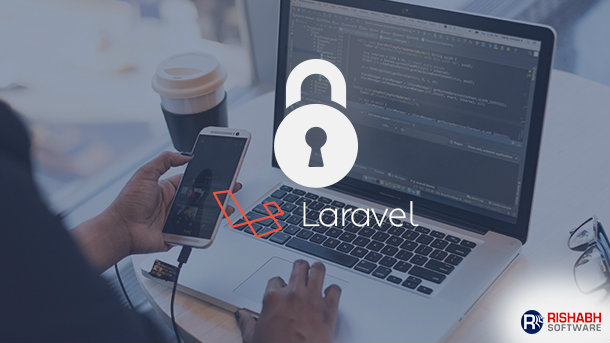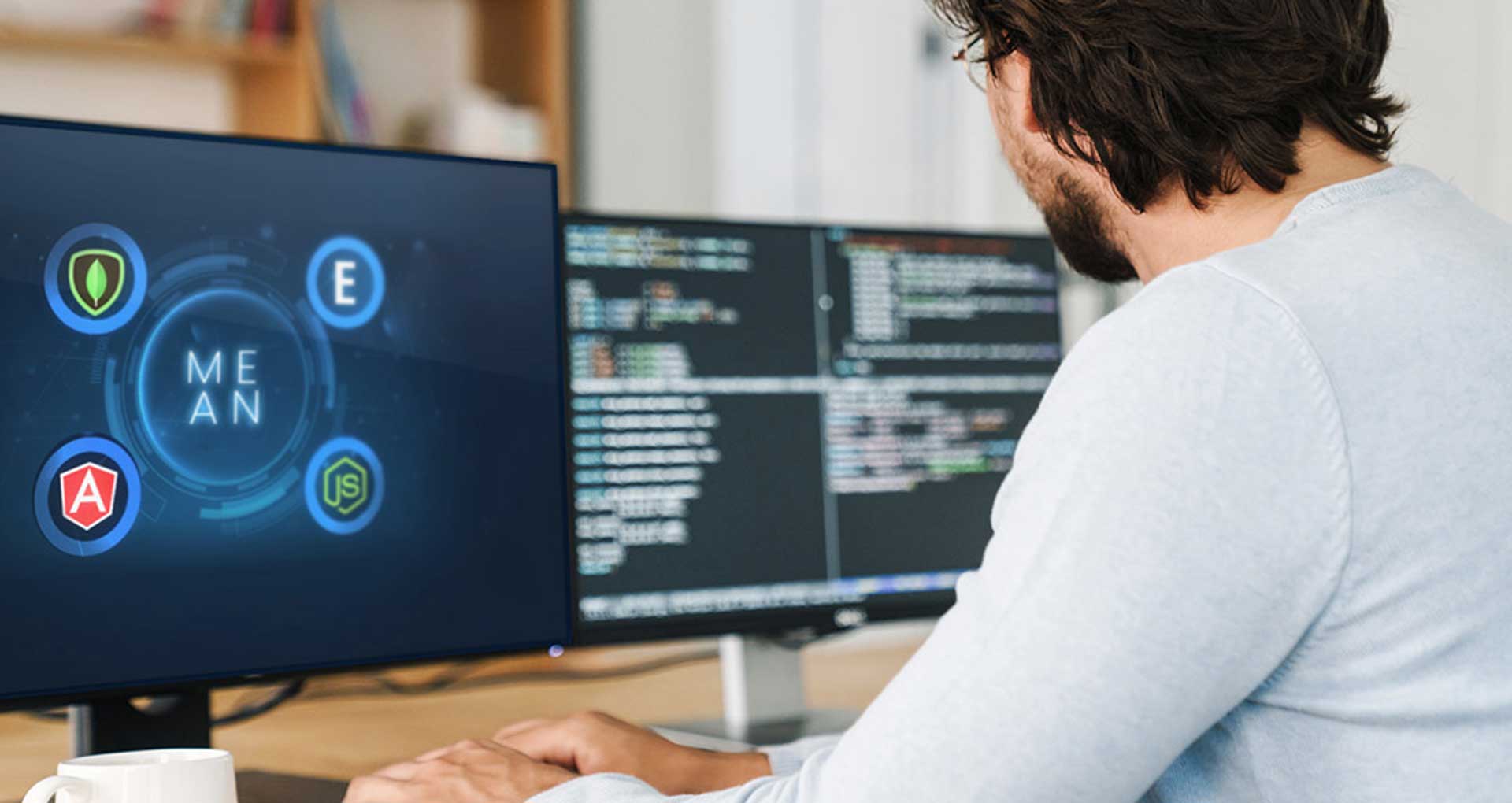Application development is now becoming a critical part of almost all the businesses across the globe. And, when it comes to the creation of mission-critical apps, security is one of the biggest concerns. To tend to that concern, developers often turn to Laravel, a development framework that is not only renowned for exceptional performance but also for its ability to deliver robust security. Laravel’s security feature ensures that developers can now use virtually every aspect of the process safely. Furthermore, all the data involved in the process is sanitized wherever needed, which means the platform safeguards against common vulnerabilities.

Laravel Security Features:
It helps ensure that developers feel confident about the development process. Listed below are some of Laravel 5’s security features that make it the preferred choice for the development of mission-critical applications.
- Authentication Process: The answer to the question ‘how Laravel is secure’ is found in its authentication system. The framework already takes care of most of the user authentication process and developers also get ready to use the boilerplate code with it. In addition to that, Laravel also makes use of ‘providers’ and ‘guards’ to fortify authentication.
- Prevents SQL Injection: The Eloquent ORM utilizes PDO binding that safeguards against SQL injections. Simply put, this makes sure that no client can change the SQL queries’ intent.
- Protection Against Cross-site Scripting: The framework’s native support safeguards the code against XSS attacks. The feature is triggered automatically which not only protects the database but any program that contains escape tags as the output in the form of HTML.
Laravel Security Best Practices:
It is clear that Laravel 5 security is more capable of delivering high-level protection for your apps. Nonetheless, developers may encounter some scenarios, where the framework’s built-in protection might not suffice. So, let’s take a quick look at Laravel security best practices that ensure your preparedness for all situations.
- Say No to Raw Queries: Laravel web application security is provided by avoiding the usage of raw queries since it increases the risk of SQL injection attacks.
- HTTPS for Sensitive Data: If the app involves sensitive data, developers must use HTTPS instead of standard HTTP since with the latter, all confidential information, including passwords, is sent as plain text over the network. It in turn, leaves the app vulnerable to malicious attacks.
- Double Brace Syntax to the Rescue: Since this framework is prone to XSS attacks, developers can take specific standard measures to prevent them. The double brace syntax in the blade template engine helps guarantee that it is safe to display the data in the variable.
- Use Security Headers: Another way of enhancing app security with Laravel is to use security headers, which bring in an additional layer of protection to the web app or website.
Suffice it to say that when it comes to Laravel website security, these features and best practices help ensure you have ample provisions to work. However, for these functionalities to fulfill the goal of providing sufficient safety, it is imperative to engage with a company that has the required technical expertise for Laravel development services and employs security best practices.










 30 Min
30 Min


